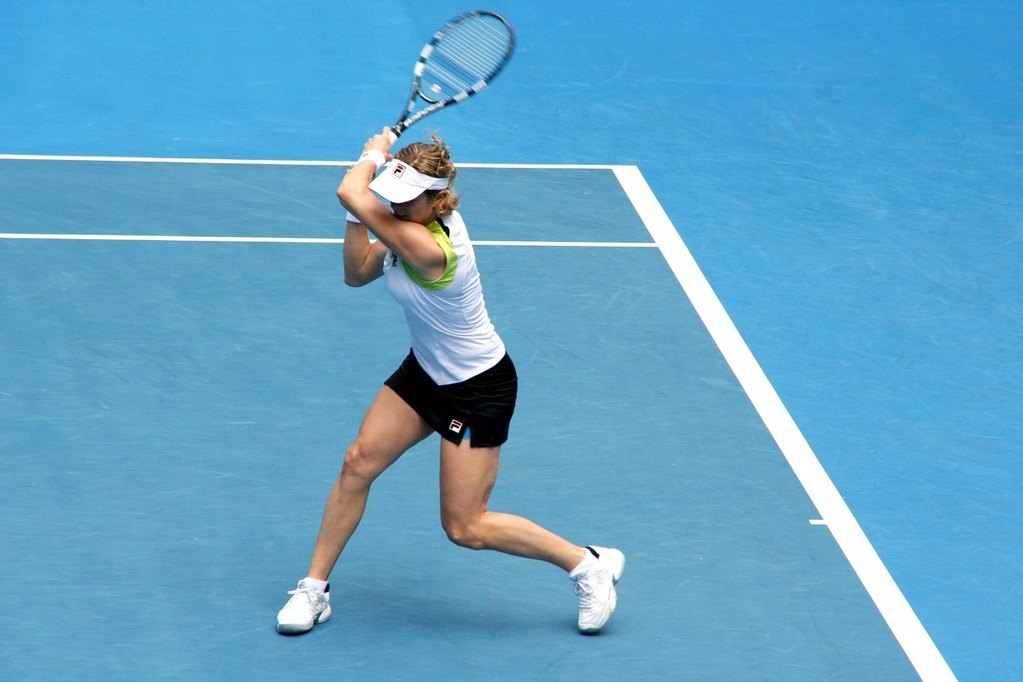GRIP, FOOTWORK, AND STROKES IN TENNIS.

Hard work is weight loss. It’s correct body position for strokes, and from it all strokes should grow. In explaining the different types of stroke and hard work I’m writing like a right-hands player. Left-handers should simply turn back ft.
Racket grip is an extremely essential a part of stroke, just because a faulty grip will ruin the best serving. It’s a natural grip for any top forehand drive. It’s inherently weak for that backhand, because the natural shot is really a chop stroke.
To get the forehand grip, contain the racket using the fringe of the frame for the ground and also the face verticle with respect, the handle for the body, and “shake hands” by using it, just just like you were greeting a buddy. The handle settled easily not to mention in to the hands, the road from the arm, hands, and racket is one. Your swing brings the racket mind on the line using the arm, and also the whole racket is just extra time from it.
The backhand grip is really a quarter circle turn of hands around the handle, getting the hands on the top from the handle and also the knuckles directly up. The shot travels Over the wrist.
This is actually the best grounds for a grip. I don’t advocate learning this grip exactly, but model your natural grip as carefully as you possibly can on wrinkles without having to sacrifice your personal comfort or individuality.
Getting once settled the racket within the hands, required is the positioning of the body and also the order of developing strokes.
All tennis strokes, ought to be created using the body’ at right angles towards the internet, using the shoulders arranged parallel towards the type of flight from the ball. The load must always travel forward. It ought to pass in the back feet towards the front feet right now of punching the ball. Never let the load to become going from the stroke. It’s weight that determines the “pace” of the stroke swing that, decides the “speed.”
Allow me to explain the definitions of “speed” and “pace.” “Speed” may be the actual rate that a ball travels with the air. “Pace” may be the momentum that it comes down off the floor. Pace is weight. It’s the “sting” the ball carries as it pertains off the floor, giving the unskilled or unsuspecting player a surprise of pressure that the stroke by no means demonstrated.
A lot of players have both “speed” and “pace.” Some shots may carry both.
An order of learning strokes ought to be:
1. The Drive. Forefront and backhand. This is actually the first step toward all tennis, for you personally cannot increase your internet attack unless of course you will find the ground stroke to spread out the way in which. Nor are you able to meet a internet attack effectively unless of course you are able to drive, as that’s the only effective passing shot.
2. The Service.
3. The Volley and Overhead Smash.
4. The Chop or Half Volley along with other incidental and decorative strokes.

